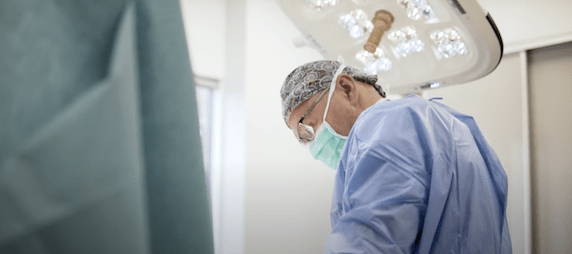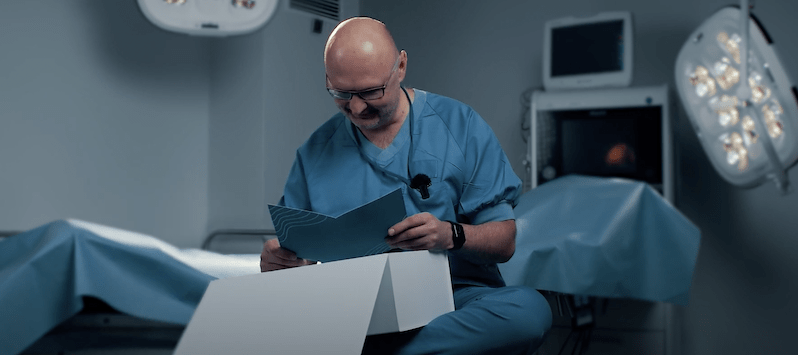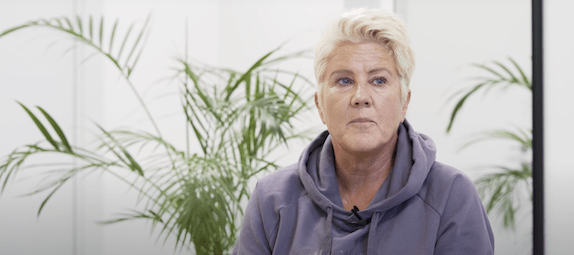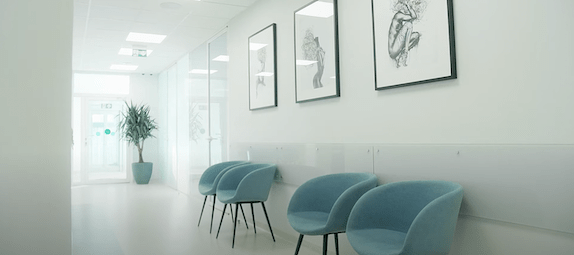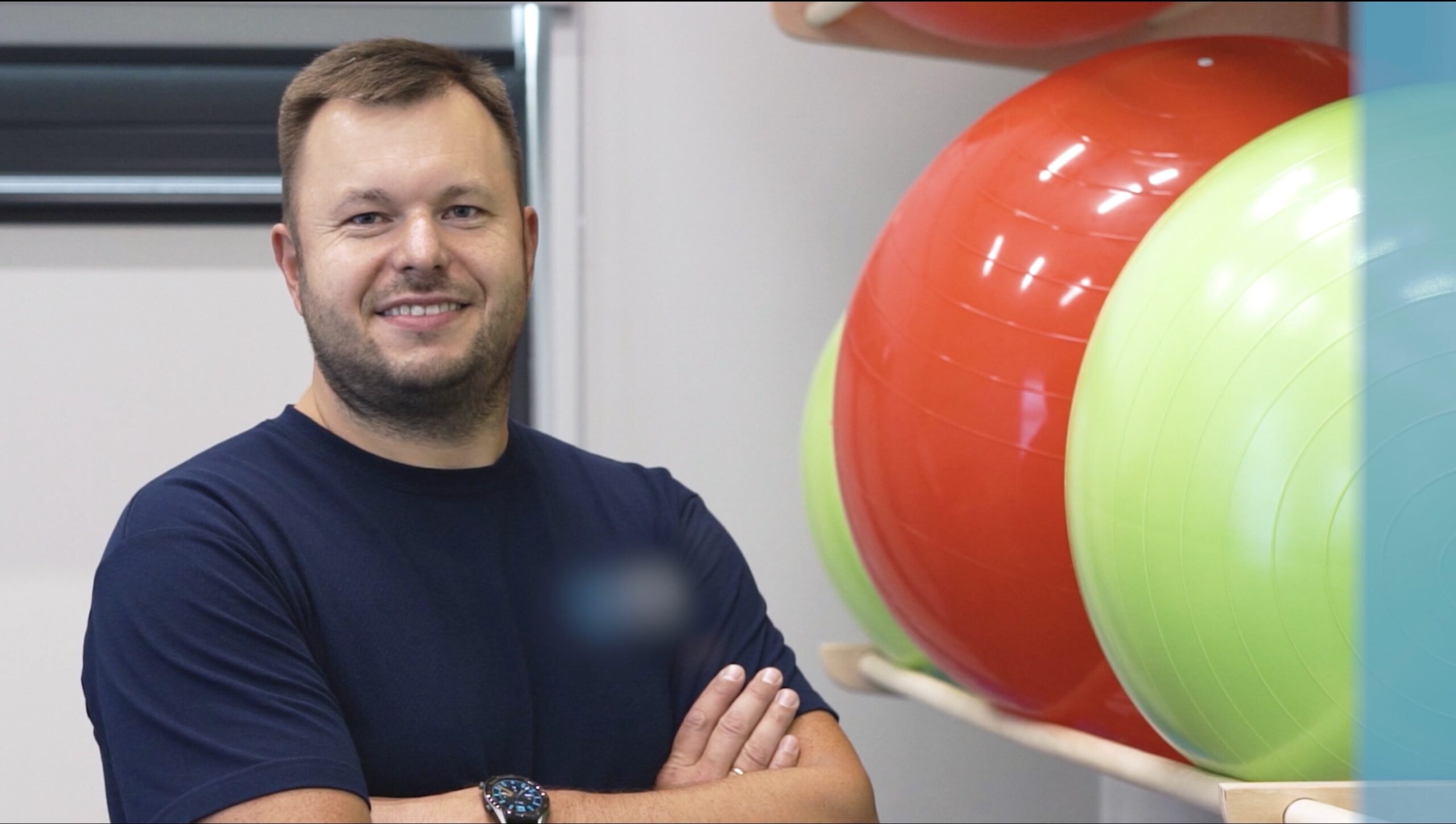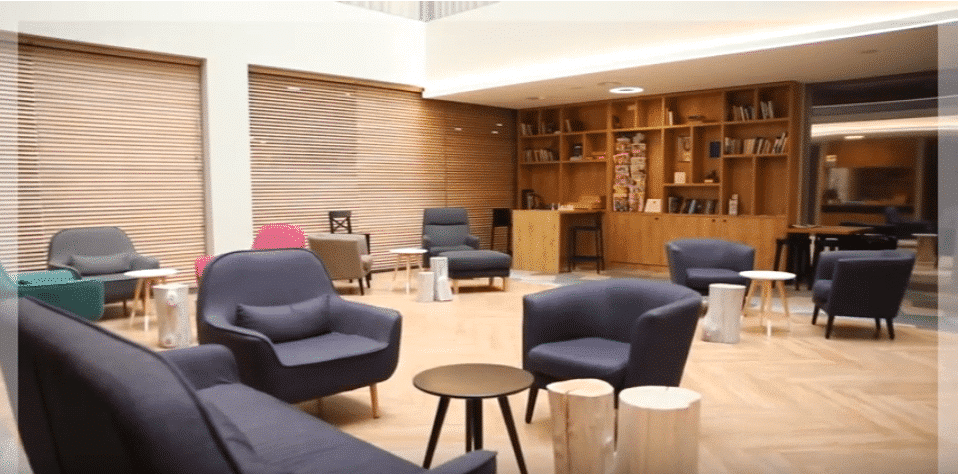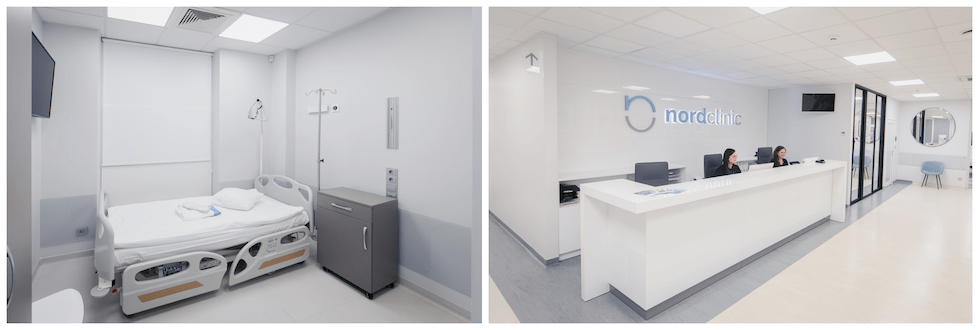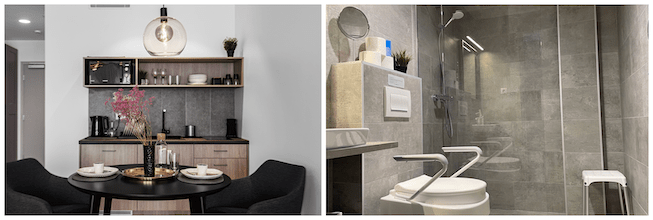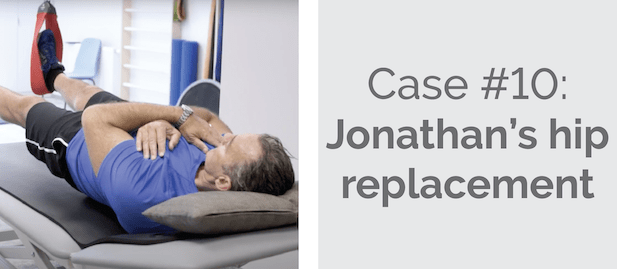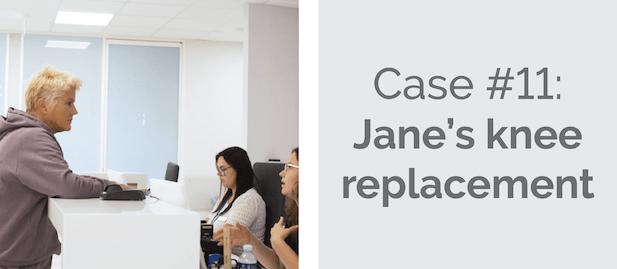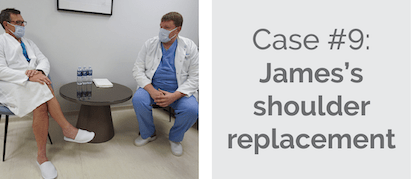Joint replacement revision
We are one of the leading orthopaedic surgery clinics for medical tourists in the European Union. We are proud of the fact that over 90 % of our patients come from the UK, Ireland, Norway, Sweden, the United States, Canada and other countries.
Reviews & Facebook group
Our patients and clinic in the media
Prices
- joint replacement revision – 4.010 £
- hip implants – from 860 £
- knee implants – from 4.310 £
- rehabilitation after surgery – from 100 £ per day
Package prices:
- surgery, implant, 7 d rehabilitation – from 5.570 £
- surgery, implant, 14 d rehabilitation – from 5.970 £
Free choice of newest generation implants: Zimmer Biomet, Smith & Nephew and other.
- accommodation with medical care – from 62 £ per night
- consultation with the surgeon
- necessary health tests
- surgery
- implant
- anaesthesia
- hospitalisation
- 24/7 personal assistance during your stay
- transfers to / from the airport, hotel and clinic
- all documents translated to English
The clinic uses Zimmer Biomet, Smith & Nephew and other highest quality implants. The implant option is discussed in detail once the surgeon reviews your individual case.
Get your surgery for free by claiming a refund from your local health board. The clinic helps patients with the documents needed to claim a refund after following the EU directive route for medical treatment abroad. It applies to patients who are insured under the systems of one of the EU countries and may not get the surgery due to long waiting times.
- joint replacement revision – 4.810 €
- hip implants – from 1.000 €
- knee implants – from 5.000 €
- rehabilitation after surgery – from 120 € per day
Package prices:
- surgery, implant, 7 d rehabilitation – from 6.650 €
- surgery, implant, 14 d – from 7.490 €
Free choice of newest generation implants: Zimmer Biomet, Smith & Nephew and other.
- accommodation with medical care – from 74 € per night
- consultation with the surgeon
- necessary health tests
- surgery
- implant
- anaesthesia
- hospitalisation
- 24/7 personal assistance during your stay
- transfers to / from the airport, hotel and clinic
- all documents translated in English
The clinic uses Zimmer Biomet, Smith & Nephew and other highest quality implants. The implant option is discussed in detail once the surgeon reviews your individual case.
Get your surgery for free by claiming a refund from your local health board. The clinic helps patients with the documents needed to claim a refund after following the EU directive route for medical treatment abroad. It applies to patients who are insured under the systems of one of the EU countries and may not get the surgery due to long waiting times.
Patient stories
Only we can offer:
One of the most experienced orthopaedic surgeons in Europe. More than 5.000 joint replacement surgeries were performed by our surgeon to this date.
More than 150 scientific articles co-authored by our surgeon and over 50 publications in different medical journals.
More than 370 positive reviews from our happy clients from all over the world.
Patients saved this number of years by travelling to our clinic instead of waiting for surgery at home country.
Clinic videos
Nordorthopaedics Center Of Excellence

Experienced hip and knee surgeon
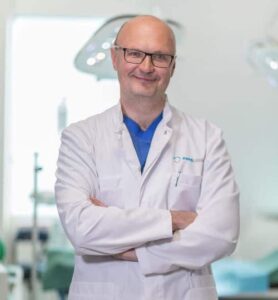
- More than 20+ years of working experience
- Over 5.000 joint replacement surgeries performed
- Co-author of 150+ scientific articles
- Read more
Refund for EU patients
Get your surgery for free by claiming a refund from your local health board. The clinic helps patients with the documents needed to claim a refund after following the EU directive route for medical treatment abroad. It applies to patients who are insured under the systems of one of the EU countries and may not get the surgery due to long waiting times. On average our patients from the EU countries get fully refunded by their local health board in 5 months after their surgeries.
Rehabilitation packages
One of the most important factors for a quick and full recovery after surgery is proper rehabilitation. Rehabilitation helps recover after surgery as well as prevents formation of blood clots and helps avoid most of the postoperative complications and side effects. We offer two different rehabilitation packages:
Outpatient rehabilitation in Kaunas with a physiotherapist. The rehabilitation clinic is equipped with modern facilities. Individual rehabilitation programs are prepared by a kinesiologist with over 20 years of experience, Prof. Laimonas Siupsinskas. This type of rehabilitation is best suited for people who are physically active, athletes and those wishing to return to sports as soon as possible.
Rehabilitation in Kaunas – € 120 / £ 100 for one 1 h physiotherapy session per day.
- personalized rehabilitation course;
- specialist who is also a physiotherapist for Lithuanian Men’s National Basketball Team;
- all required medication;
- transportation to/from the rehabilitation clinic;
- read more about outpatient rehabilitation in Kaunas.
Inpatient rehabilitation at SPA resort in Druskininkai. It is equipped with modern facilities. The professionals there have years of experience working with people after various surgeries and injuries.
Rehabilitation at SPA resort in Druskininkai – from € 220 / £ 183 per day
- personalized rehabilitation course;
- room with TV and private bathroom;
- three meals a day;
- all medication needed;
- transportation to/from the rehabilitation centre;
- read more about inpatient rehabilitation in Druskininkai.
Our clinic
Self-catered accommodation with medical care
11 reasons that make us the most popular orthopaedic clinic abroad
One of the most important factors for a quick and full recovery after surgery is proper rehabilitation. Usually, clinics are not able to offer this due to costs savings. Our patients can choose between two inpatient and outpatient options: rehabilitation with a physiotherapist of the Lithuanian national basketball team, prof. L. Siupsinskas or rehabilitation at a medical SPA.
Our team of 5 orthopaedic surgeons has 10-20 years of experience in the field in total performing over 1.000 different orthopaedic surgeries per year. Moreover, our surgeons are members of various prestigious surgical societies both Lithuanian and international. Our leading joint replacement surgeon S. Tarasevicius is an author of 150 scientific publications in different medical journals, who has performed more than 3.500 joint replacement surgeries during 15+ years of his professional experience.
We are one of the leading orthopaedic surgery clinics for medical tourists in the European Union. We are proud of the fact that over 90 % of our patients come from the UK, Ireland, Norway, Sweden, the United States, Canada and other countries.
One of the world’s leading medical technology companies and orthopaedic implant manufacturers, Smith & Nephew, have chosen Nordorthopaedics as Center of Excellence in the Baltic States.
We are trusted by our patients and we appreciate all the reviews and feedback collected over the years. Find more than 150 testimonials here or on Google.
Already more than 4.000 of our former, current and future patients joined our online community with the aim to build a space for opinions and mutual support. Members are welcome to share experiences about their visit to the clinic and to discuss all surgery-related matters. No other orthopaedic clinic can offer such group support.
Being a true member of the International Society of Arthroplasty Registries, Lithuania is one of the leaders in low joint replacement revision rates, as only 9% of surgeries in Lithuania require revision in 10 years after surgery. Moreover, with the implants used at our clinic, only 2-3% of surgeries require revision in 10 years after surgery, while revision rates in some other Western countries, for example, USA, is as high as 17% in 10 years after surgery. The implants used at our clinic have been evaluated by other countries’ registries as those ensuring longest implant life, as compared to products of other manufacturers. Moreover, thanks to our active participation in collecting data for the registries, the surgical technique used at our clinic ensures best surgical outcomes.
Our clinic is seen on different media mentions like: BBC News, BBC Radio, The Telegraph, MailOnline, Winnipeg Free Press, CTV News, CBC, RTE Radio, itv.
Our clinic works according to the highest standards set by the European Union. This helps to guarantee the quality of medical services. We care about the safety, comfort and successful results of our patients from all over the world.
The clinic helps patients with the documents needed to claim a refund after following the EU directive route for medical treatment abroad. It applies to patients who are insured under the systems of one of the EU countries and may not get the surgery due to long waiting times.
We provide customer service in 9 foreign languages including English, Swedish, Norwegian, Danish, Italian, Spanish, French, Russian, Polish. Everyone in our clinic speaks English, including nurses, assistants and the surgeon.
Athletes treated at Nordorthopaedics
Official clinic of Lithuania national football teams

Highest quality implants
Our clinic uses implants based on their performance in international registries.
Being a true member of the International Society of Arthroplasty Registries, Lithuania is one of the leaders in low joint replacement revision rates, as only 9% of surgeries in Lithuania require revision in 10 years after surgery. Moreover, with the implants used at our clinic, only 2-3% of surgeries require revision in 10 years after surgery, while revision rates in some other Western countries, for example, USA, is as high as 17% in 10 years after surgery. The implants used at our clinic have been evaluated by other countries’ registries as those ensuring longest implant life, as compared to products of other manufacturers. Read more here.
13 patients' case studies
Direct flights to Lithuania





What is joint replacement revision surgery?
Joint replacement revision surgery is a complex procedure to replace an old joint implant with a new one. Regardless of where the original prosthesis was inserted (a hip joint, a knee joint, or an ankle joint), wear-and-tear and implant loosening are the main reasons for reoperation. Revision surgery requires extensive preoperative planning and great surgical skills. The surgery also takes more time to complete than the initial joint replacement surgery. In some cases, only a part of the previously implanted prosthesis requires replacement, while other times a complete exchange of the implant is needed. Most patients have an excellent outcome of the surgery and resume daily life activities within 6-10 weeks.
When is joint replacement surgery required?
Implant wear or loosening can threaten to cause a bone fracture, and so, should be immediately addressed. The indications for replacement surgery are:
- Implant loosening – overtime friction can loosen the bond between an old implant and the underlying bone which results in instability and joint pain;
- Repeated joint dislocation – dislocation of the joint is a rare complication of a primary hip joint replacement. If patients do not take precautions to prevent joint dislocation (e.g. sit cross-legged or bend over 90 degrees) head of the femur can pop out of the hip socket;
- Osteolysis – periprosthetic osteolysis (aseptic loosening) is a progressive bone degenerative condition. It occurs when bone demineralizes around the implant without any indication of an infection;
- Trauma – acute traumatic events can cause joint dislocation or ligament tear which can lead to instability of the joint;
- Infection – infected total joints can not be treated with an antibiotics only and usually requires revision surgery.
How often is joint replacement revision surgery needed?
Generally, most of the implants last around 10 to 20 years. Patients who had their joint replacement done more than 15 years ago are more likely to have older generation implants. Older implants wear down more easily compared to modern prosthesis used today. Approximately 3 to 5 % of joint replacement patients require reoperation in 10 years post-surgery. Sometimes, revision surgery is required after traumatic accidents, like fractures.
How to prepare for joint replacement revision surgery?
Firstly, a prospective patient should schedule an initial consultation with an orthopaedic surgeon. During the first consultation, the surgeon performs a thorough clinical examination and orders imaging tests if needed. The doctor determines the degree of the underlying damage and informs the patient of the possible treatment options. In some cases, fluid is aspirated from the joint space and sent to the laboratory to check for any joint infections.
All patients must quit smoking at least 2 weeks before and after revision surgery. Patients are advised to consult an operating doctor about taking certain medications, like blood-thinners and pain-killers (e.g. ibuprofen, naproxen).
Imaging tests (X-ray, MRI, or CT scan), as well as lab tests (a complete blood count and ECG), are also performed prior to the surgery.
Since mobility is limited during recovery, it is very helpful to ask someone to take care of cooking, shopping, and other household chores. It is recommended to purchase assistive devices (like a wheelchair or crutches) and move the bedroom downstairs if needed. A leg cast cover may also come in handy when showering after surgery.
How is joint replacement revision surgery performed?
Revision surgery is a major surgery that is performed under spinal or general anaesthesia and takes approximately 2-3 hours to complete. Modern joint implants are made with novel technology (so-called trabecular metal) that closely mimics real bone structure. That is why modern implants are more durable, ensure better stability and longer lifespan, compared to their older counterparts.
Whether it is a hip joint, a knee joint, or an ankle joint, a long incision is made over the joint to gain full access to an old prosthesis. The surgeon determines which parts of the prosthesis have worn down and need to be changed. Then, the old prosthesis is taken out and the bone surfaces are prepared for an insertion of a new implant. In case of severe bone deterioration, a bone graft can be used to fill any voids before the placement of a new prosthesis. Once a new implant is inserted, the incision is closed and the joint is placed in a bulky dressing.
Recovery after joint replacement revision surgery
Most patients have excellent results and return to regular activities and office work within 6 weeks and reach full recovery within 4-6 months. Driving is allowed after about 4 to 6 weeks. It may take up to 3 months to return to manual labor jobs.
Patients may choose to recover at home or in a rehabilitation facility. Rehabilitation should be commenced immediately after surgery. The operated leg should be kept elevated as much as possible. It is important to keep wound dressing dry and clean to prevent any infections. Ice packs can be used for short periods of time to control swelling. Post-op discomfort is managed with pain medications and patients are encouraged to sit up or walk with crutches a little bit each day. Recovery also includes physical therapy exercises, hydrotherapy, and manual therapy, to strengthen the muscles and improve range of motion.
| Return to office work | Return to manual labor job | Driving | Return to low impact sports | |
|---|---|---|---|---|
| Hip joint revision surgery | 4 to 6 weeks | About 3 months | 6 weeks | about 3 months |
| Knee joint revision surgery | 6 to 12 weeks | 8 to 12 weeks | 6 to 8 weeks | about 6 months |
| Ankle joint revision surgery | 4 to 6 weeks | about 6 months | 9 weeks | 6 months to 1 year |
Returning to sports and daily physical activities after surgery
In the first weeks, rehabilitation focuses on gaining knee range of motion and strength. A CPM (Continuous Passive Motion) machine can be used to help with bending and straightening the leg. By the third week, patients gradually progress from using crutches, and eventually, walking with a cane only. Later, patients begin using a stationary bike and neuromuscular electrical stimulation to help activate the muscles. During weeks 7-8, patients are introduced to more difficult weight and proprioceptive training. A return to low-impact sports like swimming, cycling, and aerobics, can be expected after 3-6 months.
For the first two weeks, patients can walk only with crutches. Staples are removed after 2 weeks, and once they are out, patients can begin slowly bearing more and more weight on the operated leg. Hip joint replacement patients can walk without a limp after approximately 6 months and gradually return to low impact sports. High impact sports, such as basketball or running, are not recommended to prevent premature wear out of the prosthesis. Swimming, cycling, aerobics, dancing, and golfing, are safe at a relaxed state.
In the first 4 weeks, patients achieve independent mobility with a walking aid. By 3 months post-op, patients achieve full range of motion, begin core strengthening, proprioceptive exercises, and hydrotherapy. By 6 months, patients can wear normal footwear, walk independently, and slowly progress to low-impact sports, like swimming, cycling, or golfing.
Send us your enquiry








